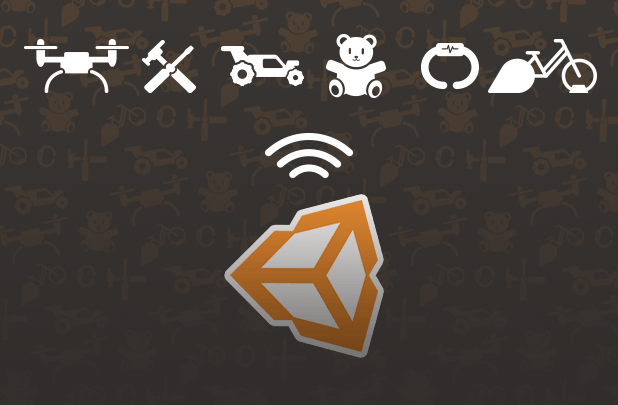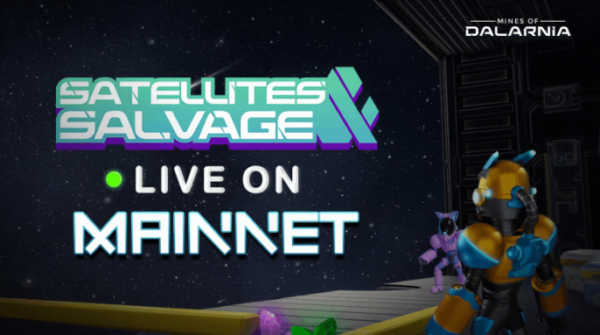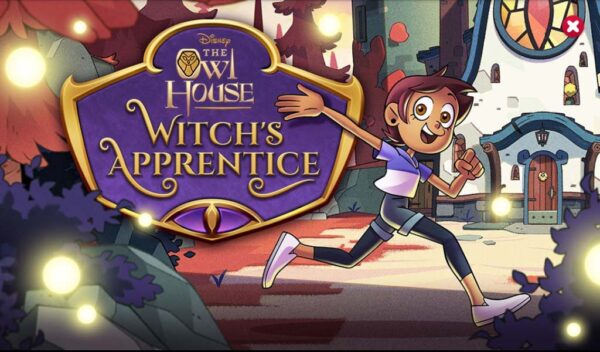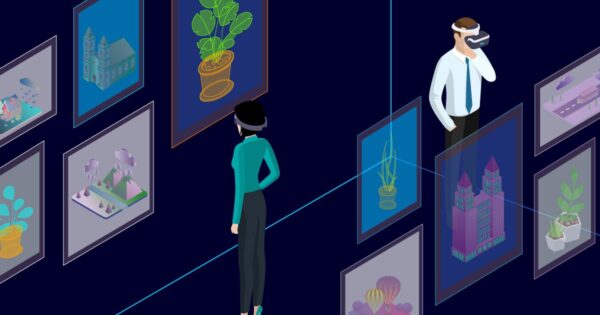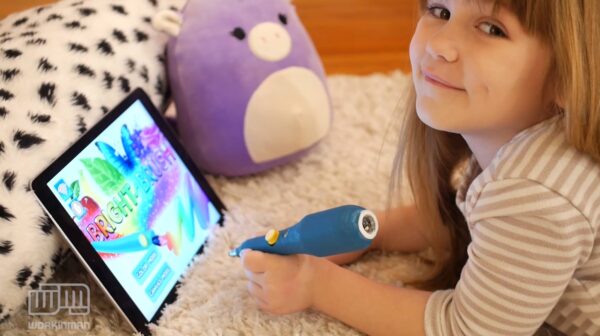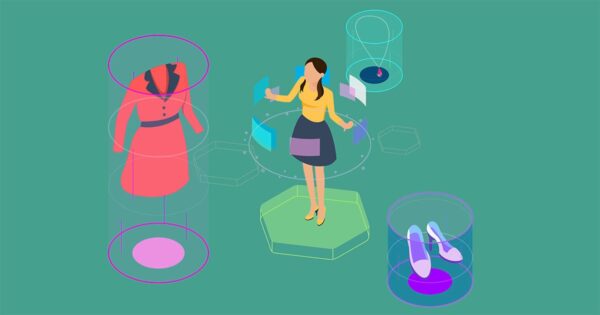Game engines allow for more creative freedom
You can develop your app using a traditional IDE like Xcode, Android Studio, or Visual Studio. You can even go a step further and use more advanced app development platforms and frameworks like Kinetise, PhoneGap, or Appcelerator allowing you to target a few platforms at a time, get low to moderate graphical performance, and have a nice clean app like Microsoft Excel or PayPal. But is the “app status quo” that what you want for your brand, especially if you are targeting younger buyers?
Game development engines, such as Unity, feature a plethora of advantages that make them a great tool for developing apps for connected smart products. These particular engines offer many opportunities for artists to add tons of amazing artwork and animations. Game engines also give programmers more leverage to code for a multitude of platforms and technologies faster and more efficiently. More streamlined development frees up time and budget for intuitive design, polish, and quality assurance—just what’s needed to make your app a premium experience for users.
Multiplatform publishing with Unity Engine
If you want to get your product’s companion app to reach the widest-possible audience, cross-platform development is essential. Game engines are leaders when it comes to single-source, multi-platform publishing. Unity’s multiplatform publishing features are so revered, that its use has grown beyond games and is now being utilized in architecture, cinema, and advertising. The Unity Engine is able to build quickly to all phones and tablets (Apple, Android, Amazon), Desktops (OSX, Windows, Linux) and even devices like smart TVs and Watches, all with minimal effort. This completely changes the development process for apps, as programmers no longer have to code for each target platform, saving weeks upon weeks of time, all while keeping the app experience consistent across all devices.
Multimedia performance
Game engines have the ability to mix high-performance 2D and 3D graphics, advanced particle systems, multichannel 3D audio, and run a wealth of computational functions, all while optimizing device performance, even the older models. For gamified connected toys, multimedia apps, augmented reality, or simply apps that need basic graphics for product models and animations, one engine does it all.
Flexible technology
Connected products and their companion apps can require the use of various device features. These features range from Bluetooth connectivity, face recognition, video capture, to gyroscope input and more. Unity does a great job of supporting a variety of these features, but when it doesn’t the Unity Engine enables developers to implement native code libraries. Allowing developers to add their own native code libraries enables products to make use of cutting edge or obscure device features. This make it possible for an oddball HK-designed Bluetooth chipset to communicate with an English app running on an obscure tablet made in Korea, all while utilizing the hardware and software features of that tablet. With Unity, getting all of the different phone and tablet cameras to work, set-top-box remotes to navigate menus, and integrating the now-popular intelligent personal assistance (like Amazon’s Alexa) are no longer logistical coding nightmares.
Support and stability with Unity
Game engines offer graphical performance like no other. While Unity is not the front-runner in graphics capabilities, it far makes up for it with its versatility and stability. Its adoption by the indie development community has extended its use far beyond games, and thankfully for our use, into hardware connection and control. Not only have Unity developers broken ground on supporting all sorts of custom hardware, third-party developers have built up an enormous market of plugins and utilities than can shave hundreds of hours off a project. Unity Technologies have provided a wealth of documentation, support, and have recently begun to nurture these secondary uses for its game engine, with new official features and plugins.
Social media and In App Purchase (IAP) support
If there’s one way you can take advantage of your connected product to get some high-ROI marketing, it’s through social media. Luckily, game engines were some of the first to offer support for a wealth of social platforms, especially with video capture and streaming. With Unity we can push to or pull from social media with ease, allowing your customers to receive updates on new products and services, take and post photos of pancake printer results, or share weekly stats from connected exercise equipment.
Rapid Prototyping / Rapid Builds
Unity and other game engines make creating and pushing builds faster when adding new elements and changing code on the fly. This allows for tight rounds of iteration, which is critical when app development occurs alongside product development. If hardware needs to change or a product feature doesn’t work as intended, agility on the app side of things can be a life-saver. With Unity we are able to churn out quick prototypes to field test with the product on an as-needed basis. When it comes to tight deadlines and syncing app and product for launch, nothing beats it.
So, what are the cons?
We are obviously fans of Unity having used it across many games and connected toy companion apps. We feel that it does offer the best mix of cost, performance, and versatility. What Unity does not do well is the Web. While you can run Unity apps in a web browser using webGL, this relatively new platform is not yet adopted by all web browsers, and performance is not great for graphic-intensive apps, especially on mobile. For products where Web browser access to the app is needed, we recommend either building a secondary web-version of the app. Although because web browsers have limited access to the hardware of a device, features like Bluetooth connectivity may not be possible from the web version. The app can be developed completely in a 2D HTML5 game engine allowing for browser access for some features, and then tablet and phone apps can be designed that utilize the HTML5 content and tie in the hardware connectivity (if needed).
The Unity Engine could be considered to have too much muscle for some simple apps that don’t require intense visuals. In our professional opinion this seems to be more of a psychological concern than a real-world one. The cost-saving cross-platform benefits, the stability, all the little efficiencies that come with Unity add up quickly, easily cancelling out this concern. Most of all, even if you require only a simple app with a few menus and animations, that doesn’t mean it can be a fun experience that your customers enjoy using, and a game engine is the easiest way to get you there.
Need an experienced Unity Developer?
We are a full-service studio of talented and creative programmers, artists, animators, writers, and sound designers located in cost-effective Upstate New York. Want a connected app that offer stability, fun-animations, gamification, and engaging content? Let’s Connect!

